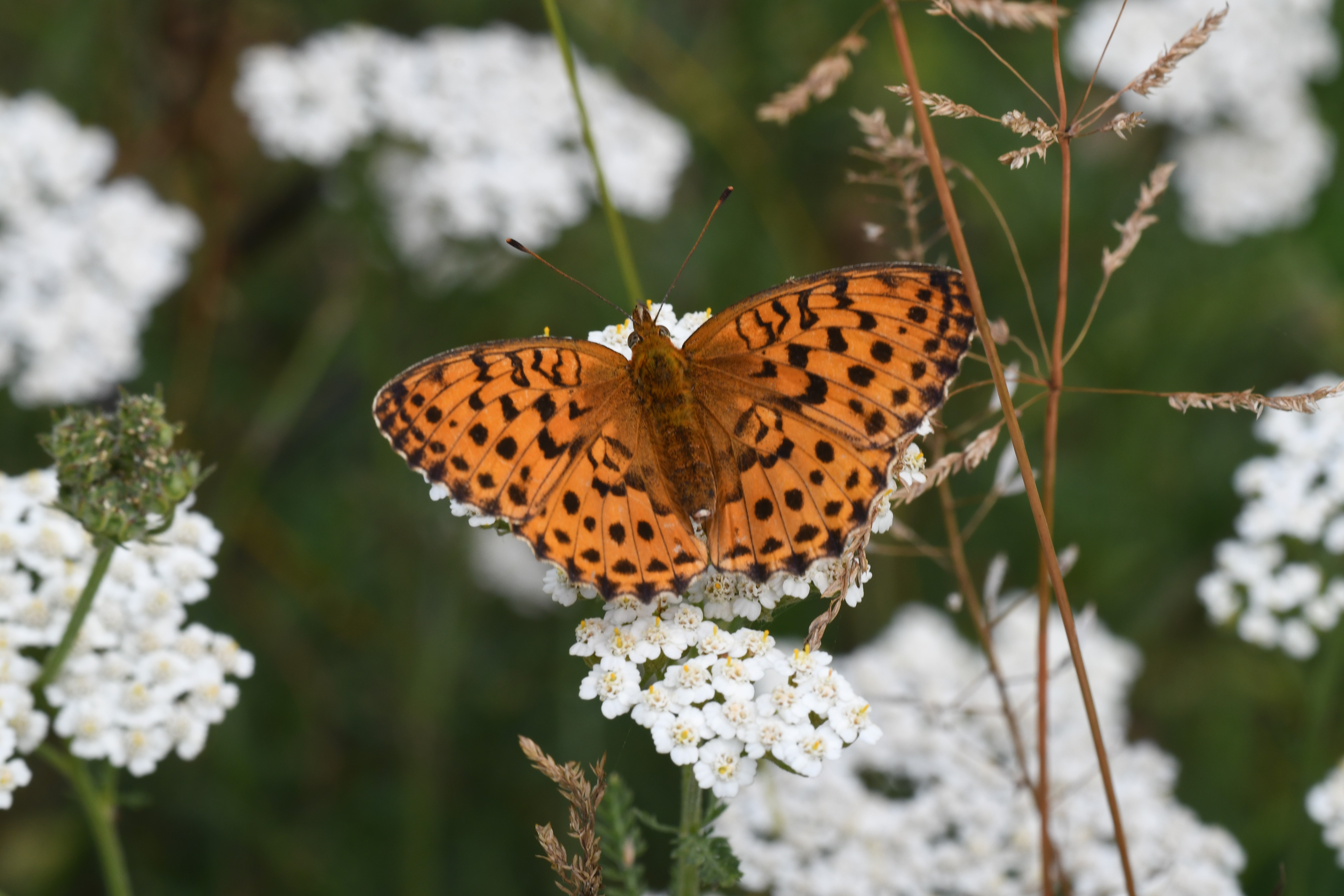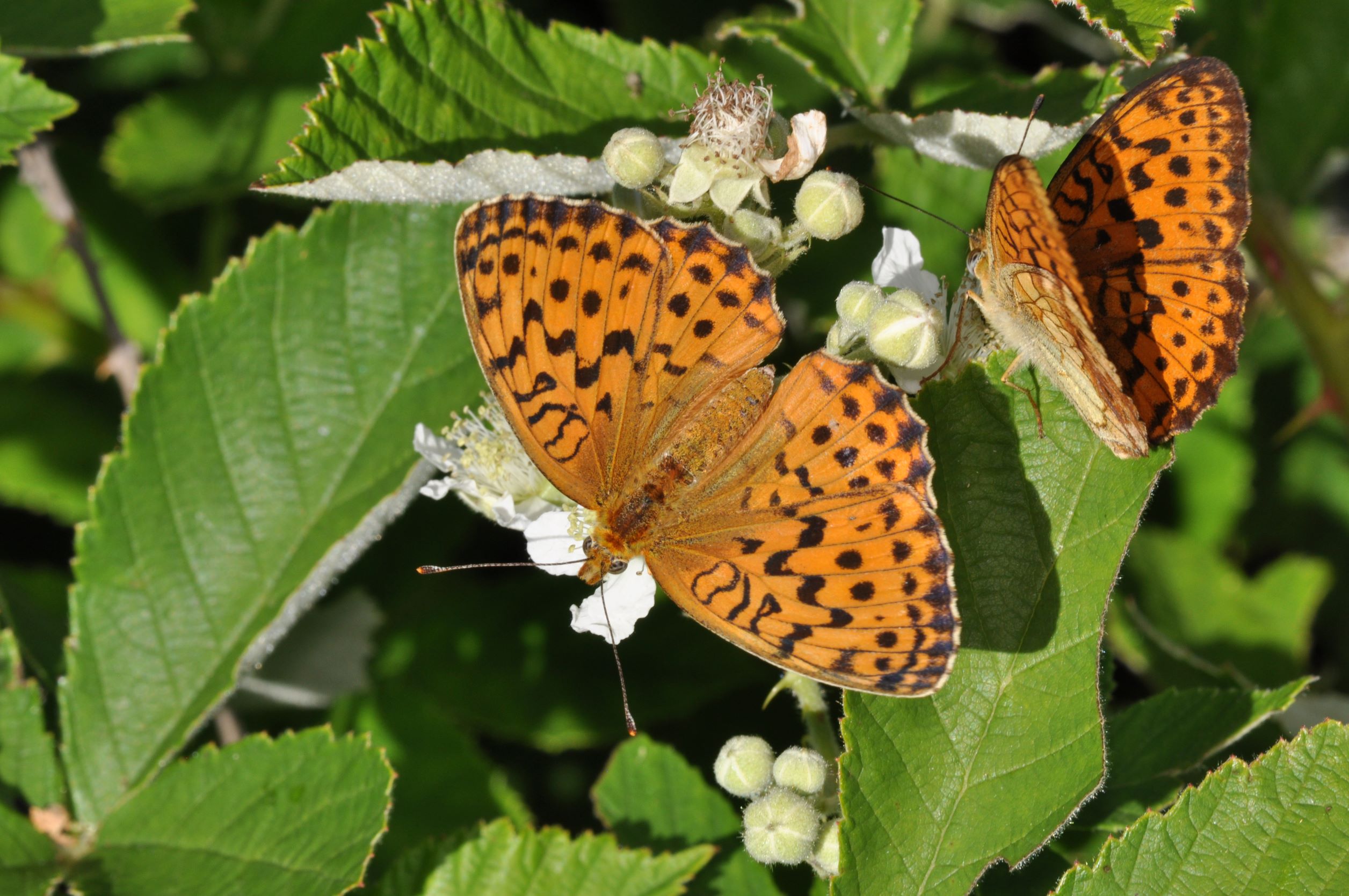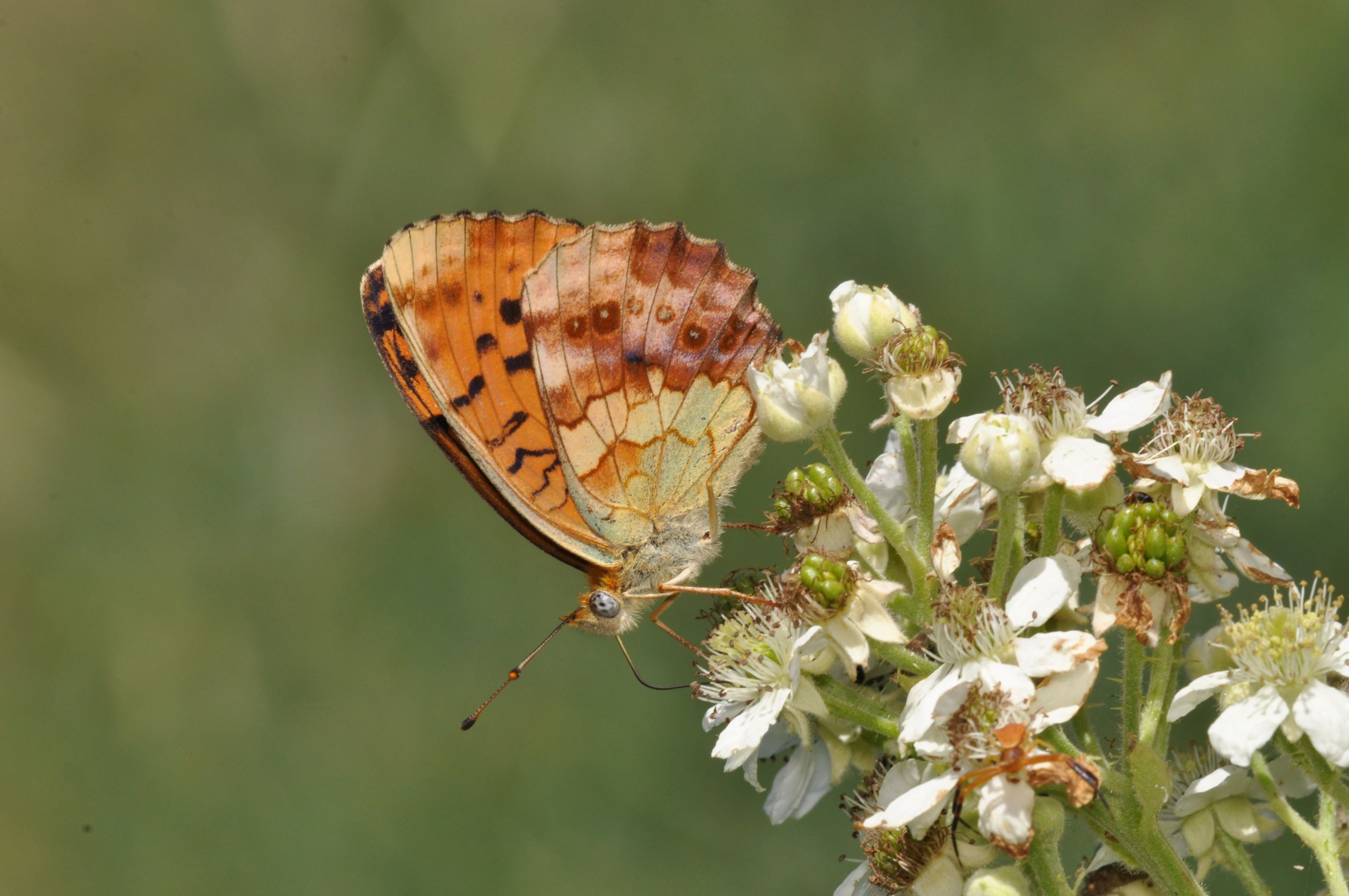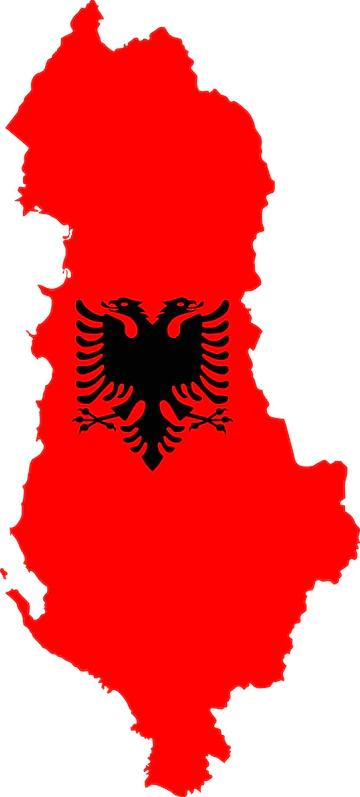|
Brenthis daphne / Marbled Fritillary
Dafnja
Nymphalidae - Heliconiinae
Brenthis daphne ([Denis & Schiffermüller], 1775). TL: Vienna.
 
 
1a. Brenthis daphne, distribution map (09.i.2025).  Historical data ; Historical data ;  Additional data from the 2018 update ; Additional data from the 2018 update ;  New observations since the 2018 update. New observations since the 2018 update.
1b. Brenthis daphne ♀ upperside. Valikardhë, Albania (© Sylvain Cuvelier)
1c. Brenthis daphne nectaring. Greece (© Sylvain Cuvelier)
1d. Brenthis daphne ♀ underside. Greece (© Sylvain Cuvelier)
Description
♂♂
Medium size butterfly. Fw: 21-26 mm.
Ups: yellow-buff gc, regular rows of postdiscal and submarginal spots.
Upf: uneven postdiscal spots, small in s1 and s4 , large in s2 and s3.
Uph: distinct black marginal spots.
Uns: yellow-buff gc.
Unh: s4 base mostly brown.
♀♀
Sligthly larger.
Ups: paler gc.
Similar species
Life cycle
Adults: single generation from second half of May to mid-August.
Egg: overwintering (37-40 weeks), larva in chorion.
Caterpillar: 8 weeks.
Pupa: 18-26 days.
Habitat
Brenthis daphne inhabits meadows and open areas in forests with flowering plants, Rubus and shrubs from lowland up to 1800 m a.s.l.
Spatial requirement modest, population density can be high, nomadic, expanding its range west- and northwards in NWE.
Foodplants
Caterpillars feed on Rubus caesius, R. canescens, R. fruticosus, R. idaeus and R. ulmifolius, also mentioned is Filipendula ulmaria.
Butterflies feed on flowers, often on Rubus sp.
Distribution
Albania: widespread in the mountains.
Balkan: AL - BG - BIH - GR - HR - NMK - MNE - RKS - RO - SLO - SRB
Europe: IB - IT - ALP - BAL - NWE (expanding)- UK - SCA - EEU
Asia Minor, Transcaucasia, Caucasus and further east.
Conservation status
Brenthis daphne is not endangered.
Albanian Red List: NE.
IUCN Red List, category at the Mediterranean level: LC.
Useful links
Bink 2015
Pyrgus.de
Lepiforum
Euroleps
|
 xx
xx 

 Historical data ;
Historical data ;  Additional data from the 2018 update ;
Additional data from the 2018 update ;  New observations since the 2018 update.
New observations since the 2018 update.